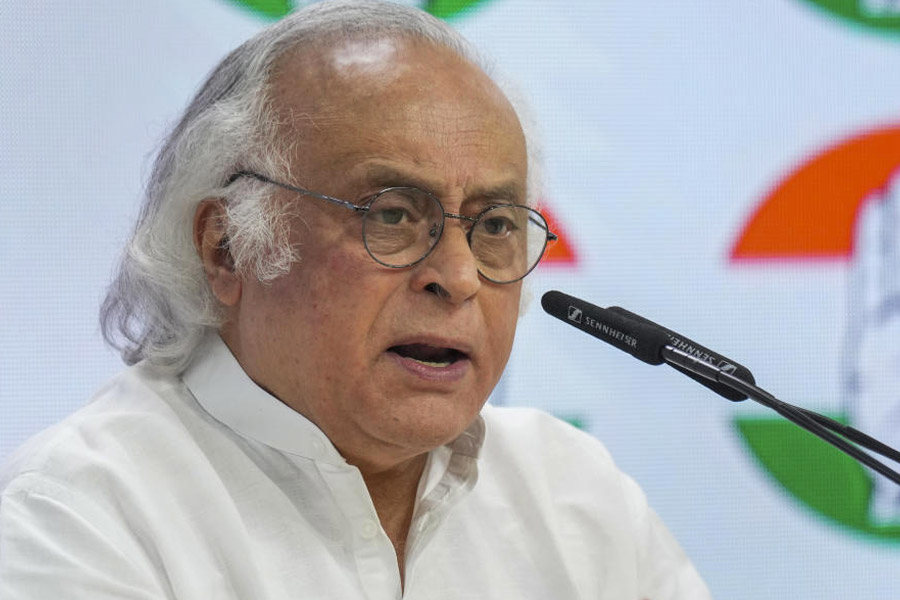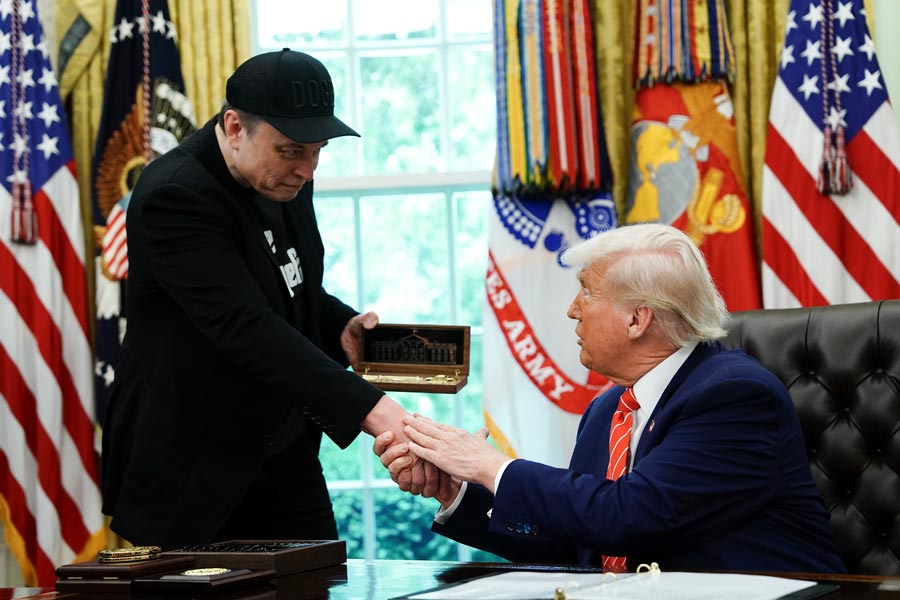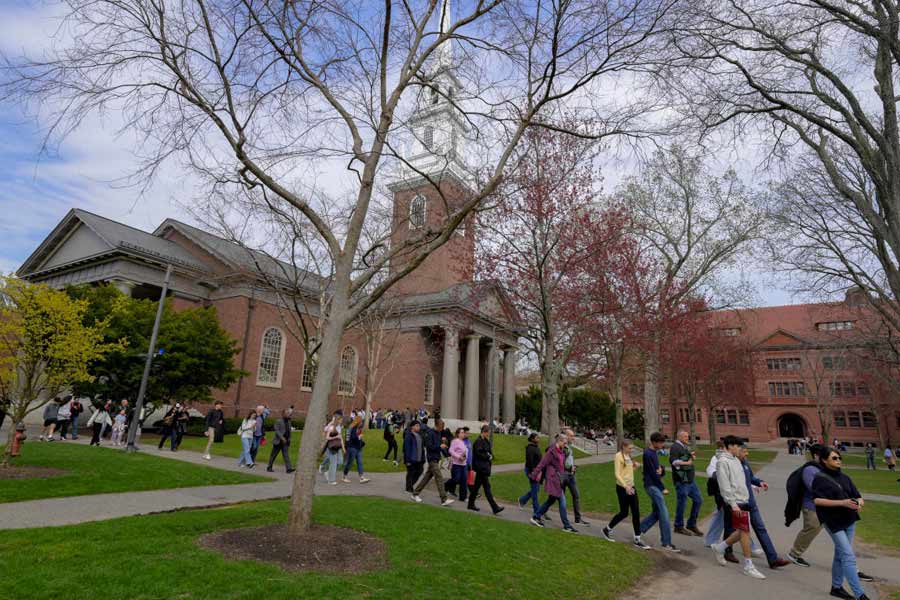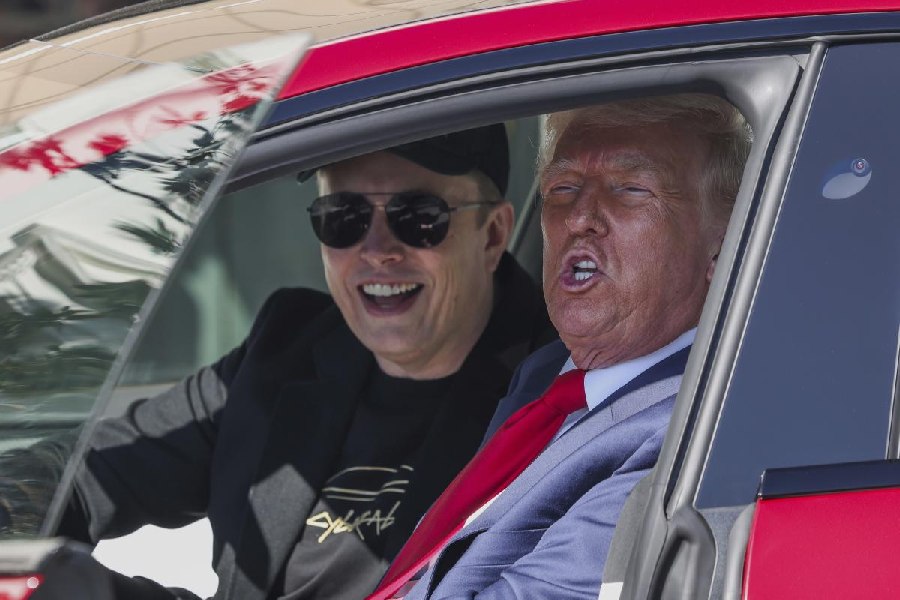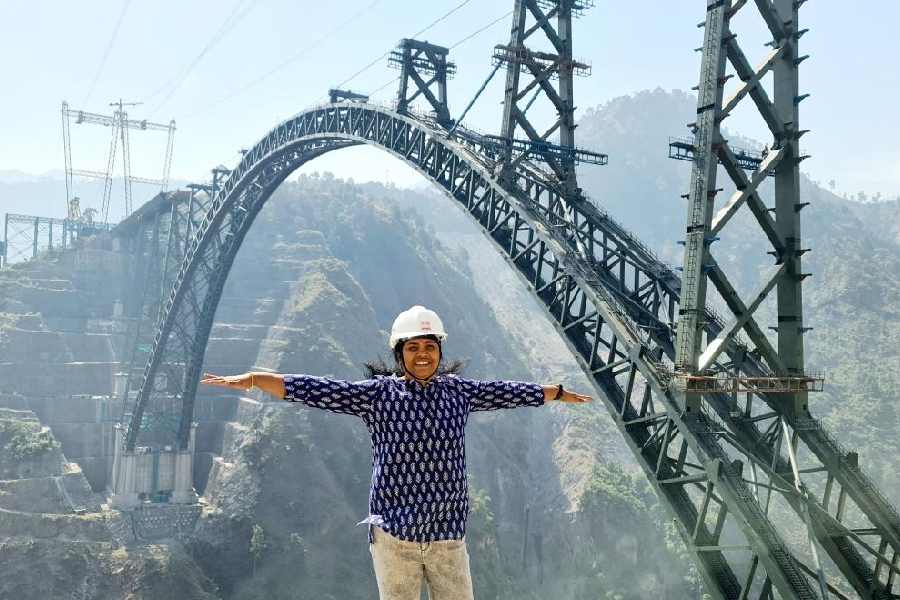 |
| Students of Apeejay School on their annual sports day |
The township cheered the Saina Nehwals and Sushil Kumars at the Olympics but one wonders if anyone from our schools can some day represent India in the global sports arena. The Telegraph Salt Lake went around the schools of the township to check the ground reality.
Space crunch
The first hurdle most township schools have to cross is the lack of a field within the campus. Most use their concrete assembly area as a basketball court and students are free to play anything else they wish to there. But being situated in Salt Lake, schools are blessed with block parks around every corner and they take the kids over for games lessons there.
“For us PE class means BH Park,” says Poushali Raha, a Class XI student of Apeejay School and a deft sprinter. But problems arise since the parks have to be shared with the public. Says Joydev Samanta, the physical education teacher of Labanhrad Vidyapith: “Our students use AD Park but a portion of the space is now off limits as a senior citizens corner has come up. Another zone is being barricaded for children and a fountain eats up a lot of the space,” said Samanta.
Bidhannagar Government High School is the hardest hit. “With half of BD Park occupied by the make-shift stalls, I can’t even hold our football tournament,” rues games teacher Sachindranath Konar.
Lack of infrastructure
Let alone impressive gym equipment or Olympic-size swimming pools, one school in Salt Lake does not even have a sports teacher!
The last sports teacher at CA Block’s Salt Lake School retired in 2011 and no replacement has been hired since. School sources say this is due to a cash crunch. As of now an elderly teacher, who otherwise teaches Bengali, guides the students through free-hand exercises.
Sports teachers of the other schools see room for improvement. Sensei Rajat Chakraborty, who coaches karate in Salt Lake Point School, has some bright students but to excel in national or international levels, he says much more than talent is required.
“The most basic tatami mat that karatekas are supposed to practise on costs Rs 20,000. When the government cannot afford them, it is unfair to expect private schools to. Sportspeople need gym equipment for strength-building, foreign coaches for tips…” says Chakraborty, general secretary of Bengal Sports Karate Association and a referee of the All India Karate Federation.
Sajal Tapadar, sports coach at Mother International School (MIS), believes lack of infrastructure demotivates students. “They won’t enjoy basketball unless they have a proper court,” he says.
But some schools are making the best of what they have. St Francis Xavier hires Space Circle so students can try their hand at sports like shooting and bowling during fests. “Even though we do not teach these sports on a regular basis we take them there for practice,” says co-ordinator Anita Singh, herself a district champion at shot put and javelin throwing.
Budding talents
Punyotoya Mahapatra of Delhi Public School Newtown has been selected by Bengal Tennis Association for its Future Kids programme. She is lucky that her school has a tennis court and a coach as well.
But many schools have star players who play at district or state levels but none of them rely on the training at school alone.
Shreya Saha, a Class V student of St. Francis Xavier School, is a state level table tennis player. “I learn the game at HA Block community hall for four hours every day. Our school teaches table tennis but it is only for those aged over 12. It would be great if I was taught in school too,” says the girl.
Debarati Banerjee, a silver medalist at the CBSE National Swimming Tournament, trains at Lake Town Swimming Club. Her school, Bharatiya Vidya Bhavan, does not have a swimming pool. Her club coach accompanies her to inter-school meets on the school’s behalf.
The case is similar for Antara Biswas of Kendriya Vidyalaya 1.
Ayush Saraogi, a Class XI student at Salt Lake Point School, plays at the club level but he is optimistic. “I shall surely play in the IPL in the next five years,” he smiles. Shreyans Ghosh of Hariyana Vidya Mandir has been declared the best under-19 player by the Cricket Association of Bengal.
Aritra Pramanik, another promising cricketer of the school, said he liked handball when he saw it being played at the Olympics but neither is it taught in his school nor does he know where it is taught in the city. Several girls spoken to said they were fascinated by gymnastics but given the lack of training in the sport, preferred to concentrate on table tennis or athletics.
Tug of war with books
Our Lady Queens of The Mission School (QMS) has sports classes once a week. Coach William Patrick feels it is insufficient. “During that single period we have to get students to do yoga, stretching and make them play other games,” he says.
The same is the situation at Hariyana Vidya Mandir. “How can I pay attention to 50-55 students individually in a 35-minute sports period once a week? For physical activities, one needs to warm up first. Where is the time for all that?” says physical education teacher Jayanta Mondal.
Principal of Sri Aurobindo Institute of Education (SAIE), Deblina Bhattacharya, admits to this tug-of-war between sports and academics. “The syllabus is so vast these days that there’s no other option but to make it the first priority,” she says.
Higher Secondary students of Labanhrad Vidyapith do not have a sports class. “There is no such subject in their syllabus,” shrugs coach Samanta. “But if they want to play something they can hop over to the field and join younger students.”
 |
But the current batch of Class XI students at Apeejay School requested their administration to let them have physical education. “We needed games to relieve ourselves from the pressure of studies,” says Varun Jha, a table tennis player. “Twenty-six out of the 40 students in the science section have opted for this subject. This shows how much students want to play. Attendance is highest on days when we have sports class.”
Varun and Poushali now have theory as well as practicals in this class. “Despite being athletes there was so much we did not know. Our coach Mosiur Rahaman taught us how to cut down on wind speed, increase our breath and save energy while running,” says Varun, adding that they have a test on Saturday comprising sprint and shot put.
The students also watched Saina Nehwal’s semi-final match at the Olympics, Rahaman discussed the games with them in class and assigned them charts and projects to make on the games.
CBSE has introduced a 100-mark sports paper from this year. “It is good news that we are taking sports science in India seriously at last. The students are being taught about biomechanics. They will understand their body better this way. Also they are being taught about sports infrastructure like planning the construction of an athletics track,” says Subhro Ghosh, one of the four sports teachers in the senior section of Bharatiya Vidya Bhavan who is a national level karate player and referee.
But the syllabus seems to be lop-sided, with 70 per cent devoted to theory. Both Ghosh of Bhavan and HVM’s Mondal agree that a student who is not into sports can score well because of the theory part.
“But CBSE has provided an incentive to students who are good in sports. A student who scores very well in a co-scholastic subject like sports may get his grade in a scholastic subject upgraded,” points out Kaveri Chatterjee, the morning section head at HVM.
Lack of support
To excel in sports our young players need support from various quarters. Says Esha Ghosh, a Class X student of SAIE: “Our curriculum should be made flexible so that those of us who want to take up sports as a career get more time to practise.” Ghosh represents Bengal in badminton.
Shreya, the 10-year-old table tennis champ, has her school backing her. “We adjust Shreya’s attendance as per her tournaments and help her make-up on missed classes later,” says school co-ordinator Singh.
Parents usually are the ultimate road block. Tripti Bhattacharya, the physical education teacher of Bidhannagar Municipal School, has seen parents pulling the plug on their children’s dreams, believing that an education will fetch a more stable income than sports. “I myself was a gymnast and yoga performer but my parents did not support me,” says Bhattacharya.
On Monday, Srimanti Sen of Bharatiya Vidya Bhavan had to back out of the selections of the All India Bhavans Sports Meet because her parents would not allow her to make the trip. The girl who had come second in shot put and discus throw at the Bidhannagar Sub-division School Athletic Meet would instead be trudging to tuitions as usual that week. Her elder sister is studying MBBS. Her parents want her to follow suit. “How can I take the best if they drop out like this?’ said an exasperated sports teacher Dalia Jana.
Silver lining
Shreya’s parents support her whole-heartedly. “My father was a good volleyball player and it was he who asked me to try table tennis. I watched the Chinese TT players at the Olympics with him and I hope I too can represent India some day,” smiles the shy girl.
Parents are taking Sashibhushan Singh of Class XI, Kendriya Vidyalaya 1, to train daily at SAI. “I have high hopes of him in long distance running as I do of our swimmer Antara Biswas,” says Anup Kumar Pal, the school sports teacher. He puts talented students in touch with sports clubs and recommends them to SAI. “We need to give as much respect to sportsmen as we do to doctors and engineers in India.”
Soumitra Chatterjee, the sports in charge at DPS Newtown, the best equipped school in the area, feels sports schools geared for budding talents where sports would come before academics is the only way forward if India is serious about increasing its Olympic medal tally. The school trains players outside school hours. “We have the talent. We need to groom them.”


